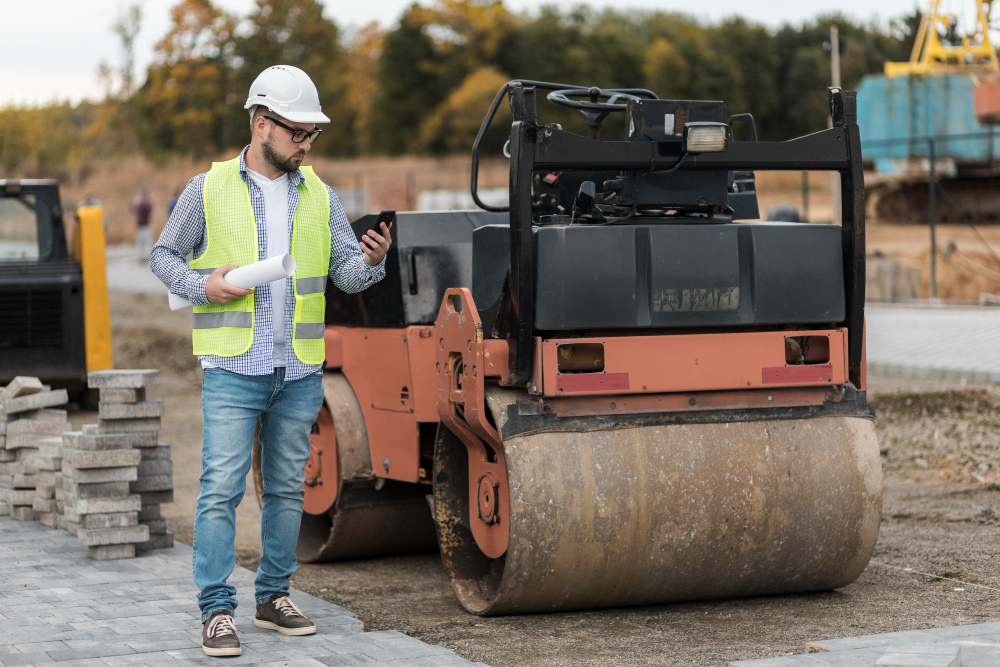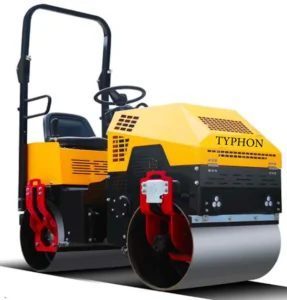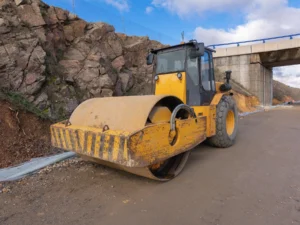When it comes to compacting soil, gravel, asphalt, or other materials, roller compactors are essential equipment in the construction industry. They are used to ensure a smooth and uniform surface for roads, parking lots, and other paved areas. Two common types of roller compactors are single-drum and double-drum rollers. Both have their own advantages and disadvantages, and understanding the differences between the two can help in choosing the right equipment for a specific project.
Single-drum Roller Compactors
Single-drum roller compactors, also known as smooth wheel rollers, have a single large drum at the front of the machine and wheels at the rear. They are commonly used for compacting granular materials such as gravel, sand, and crushed stone. The smooth drum allows for better compaction of these materials, resulting in a solid and stable base for pavements.
Advantages of Single-drum Roller Compactors:
– Better for compacting granular materials
– Higher centrifugal force for deeper compaction
– More maneuverable in tight spaces
– Less chance of material sticking to the drum
Disadvantages of Single-drum Roller Compactors:
– Less effective for compacting cohesive materials like clay or silt
– Limited compaction width compared to double-drum rollers
– Potential for uneven compaction on uneven surfaces
Double-drum Roller Compactors
Double-drum roller compactors have two large drums, one at the front and one at the rear of the machine. They are commonly used for compacting asphalt and other cohesive materials. The front drum can be either smooth or padded, while the rear drum is usually smooth. This configuration allows for better compaction of cohesive materials and ensures a smooth finish.
Advantages of Double-drum Roller Compactors:
– Effective for compacting cohesive materials like asphalt
– Wider compaction width for increased productivity
– Uniform compaction on uneven surfaces
– Can be equipped with vibration systems for better compaction
Disadvantages of Double-drum Roller Compactors:
– Lower centrifugal force compared to single-drum rollers
– Less maneuverable in tight spaces
– More chance of material sticking to the drums
Choosing the Right Compactor
When deciding between a single-drum and double-drum roller compactor, several factors need to be considered. The type of material to be compacted, the surface area to be covered, and the site conditions all play a role in determining the most suitable equipment for the job.
For projects involving granular materials such as gravel or sand, a single-drum roller compactor may be the better choice due to its higher centrifugal force and maneuverability. On the other hand, projects involving asphalt or other cohesive materials may benefit from the wider compaction width and better compaction capabilities of a double-drum roller compactor.
In conclusion, both single-drum and double-drum roller compactors have their own strengths and weaknesses. Understanding the differences between the two types of equipment is crucial in selecting the most suitable compactor for a specific project. By considering the type of material, compaction requirements, and site conditions, construction professionals can make an informed decision that ensures efficient and effective compaction for their projects.
Learn More : Comparing the Performance of Vibratory vs. Static Roller Compactors






